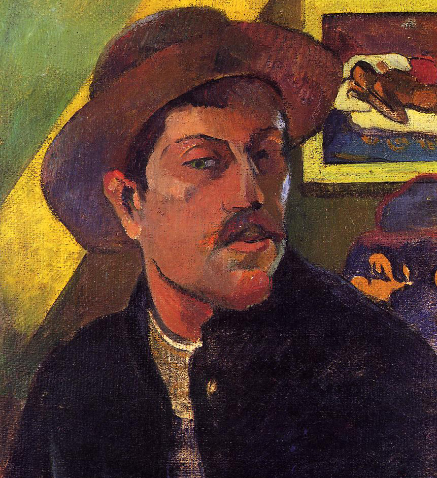Cloisonnism is a 19th-century artistic movement, primarily associated with painting, characterized by the use of bright colors and bold outlines. Inspired by Japanese art, it is distinguished by “cloisons” — clear boundaries separating color areas. Artist Émile Bernard is often regarded as one of its pioneers, aiming for stylized and decorative compositions. Although short-lived, Cloisonnism influenced later movements such as Synthetism and Art Nouveau, marking a transition toward modernity.
Name(s):
No results

